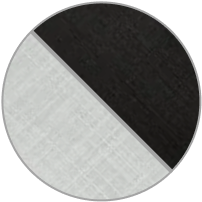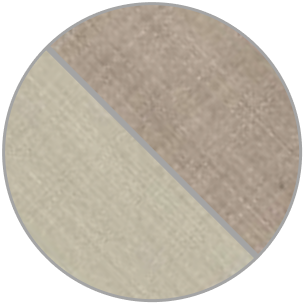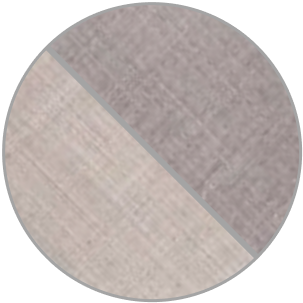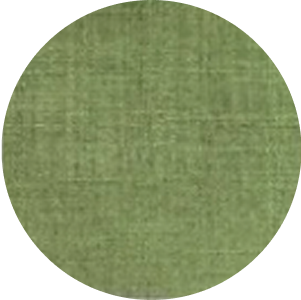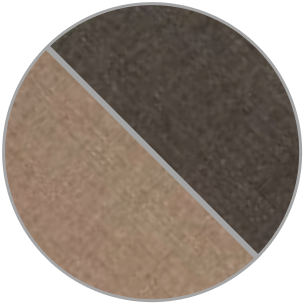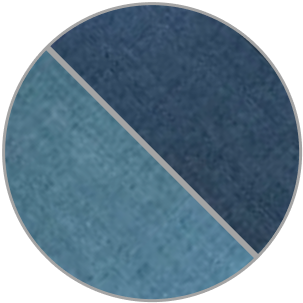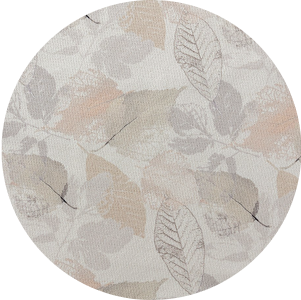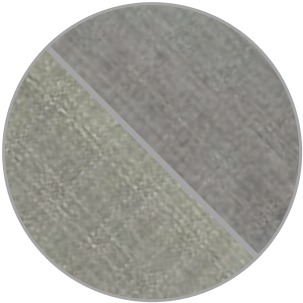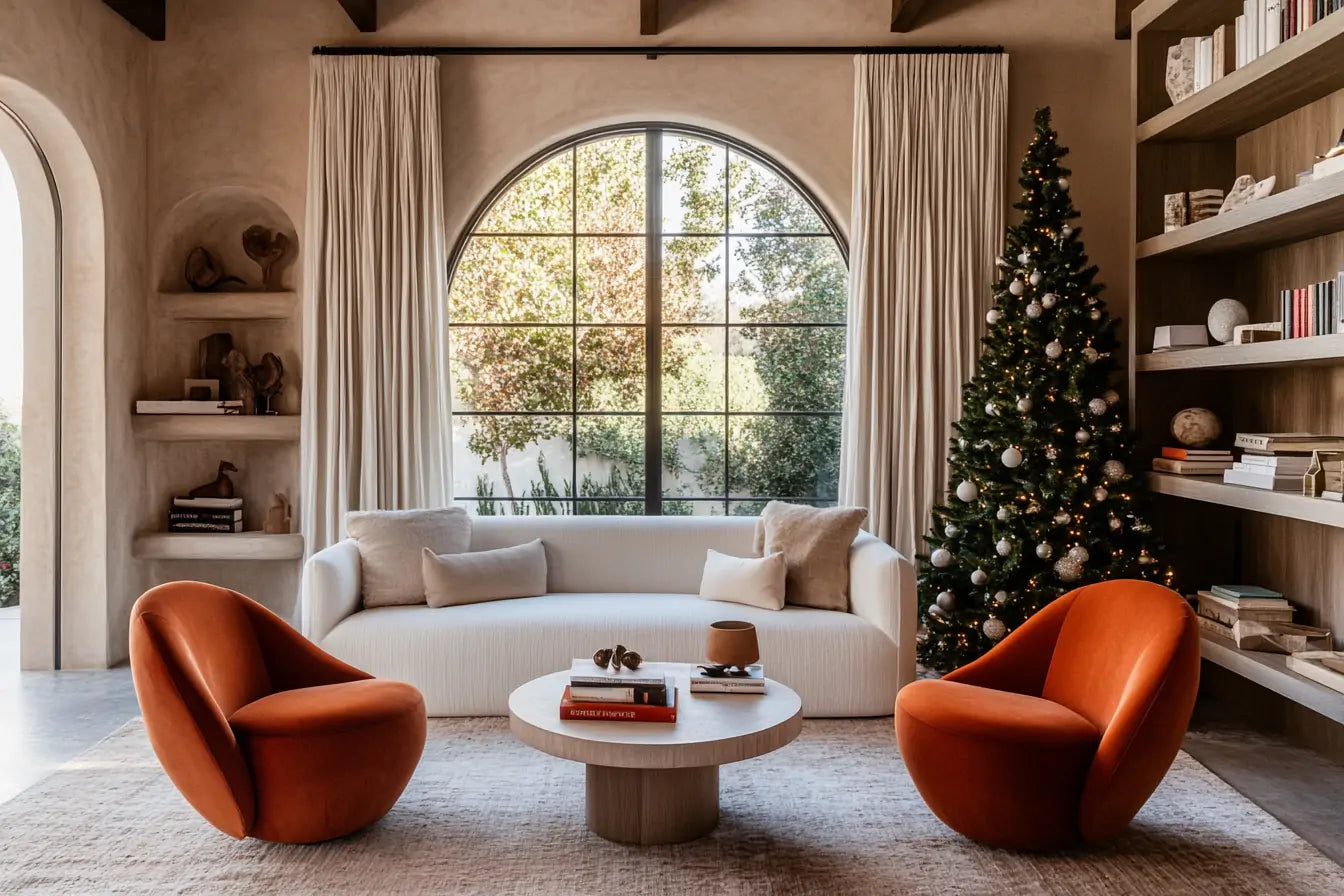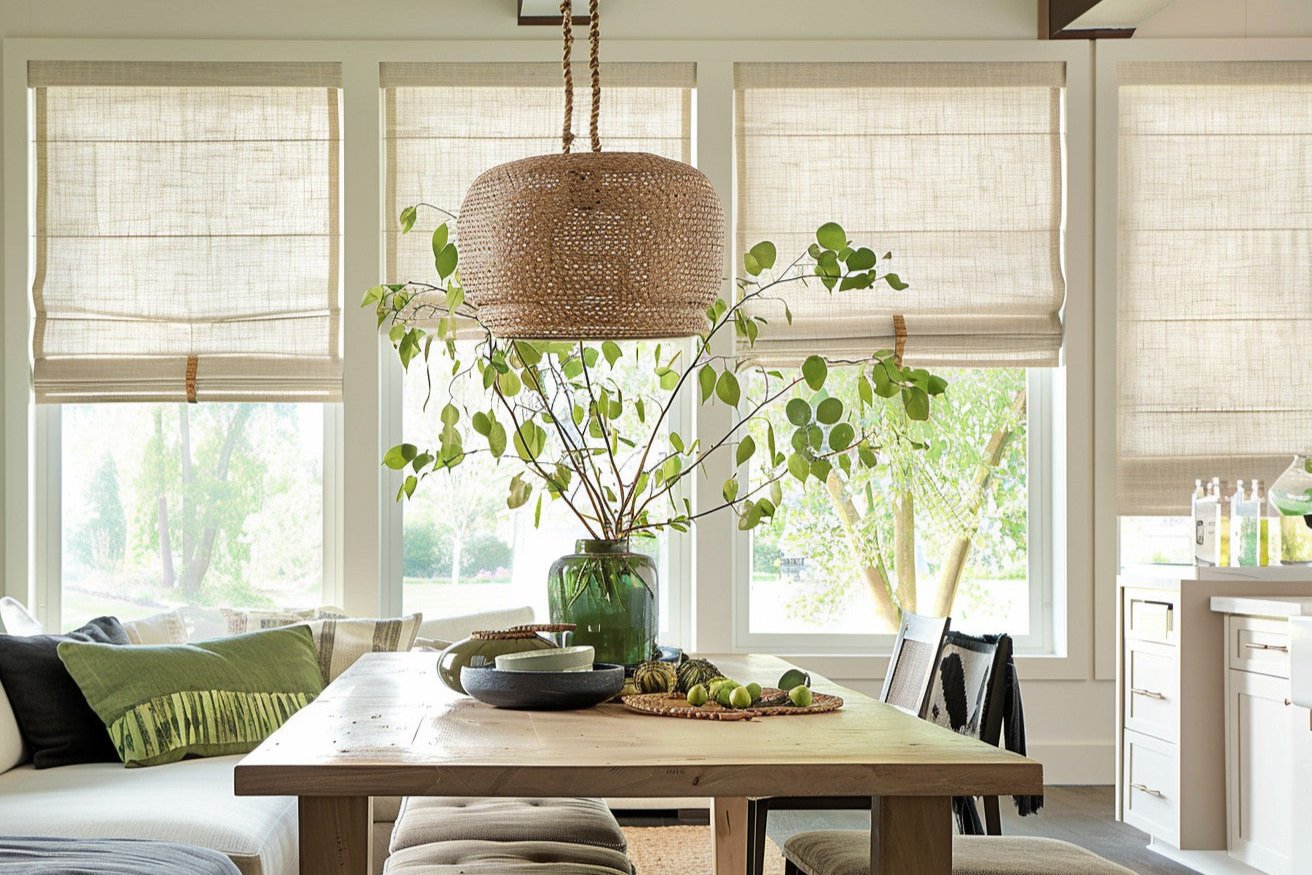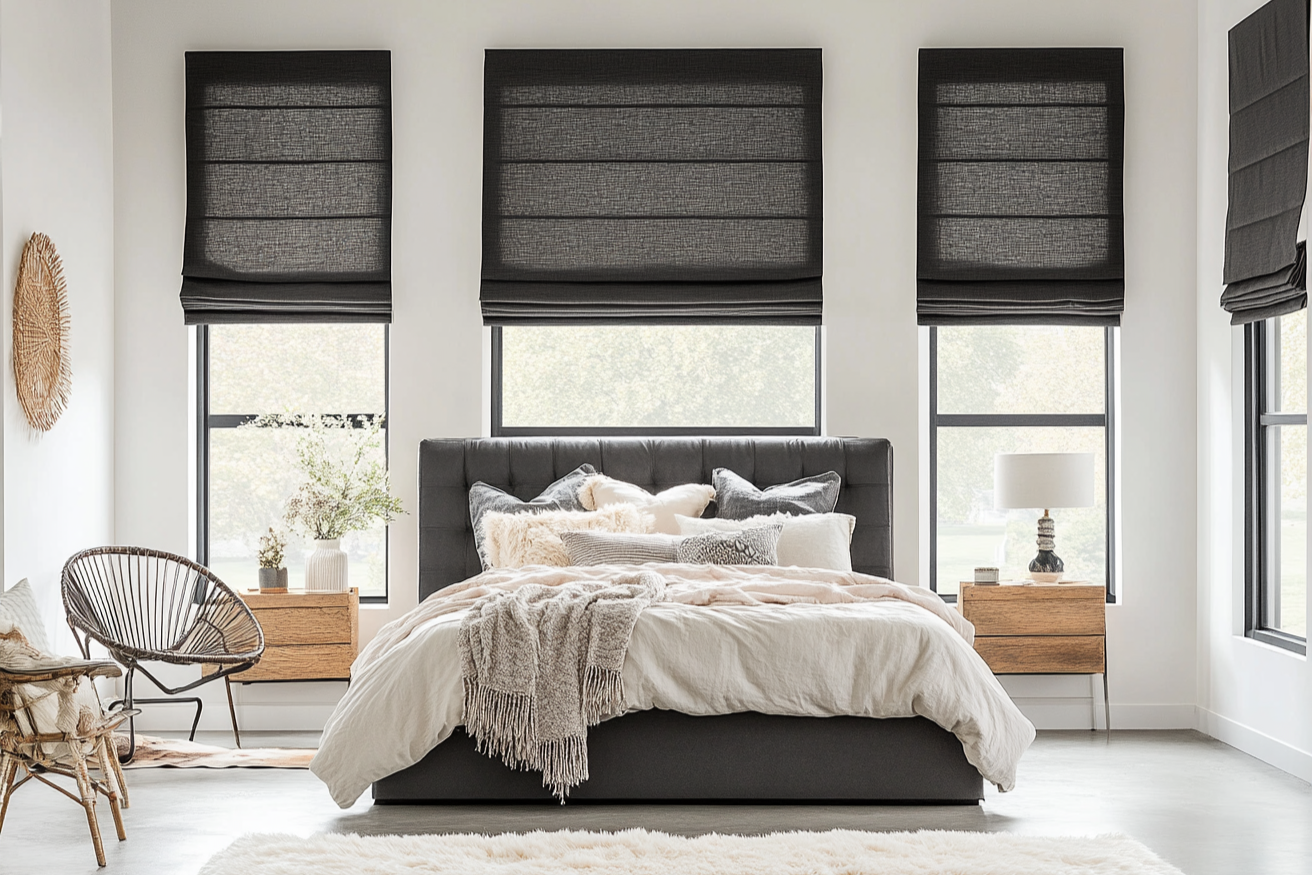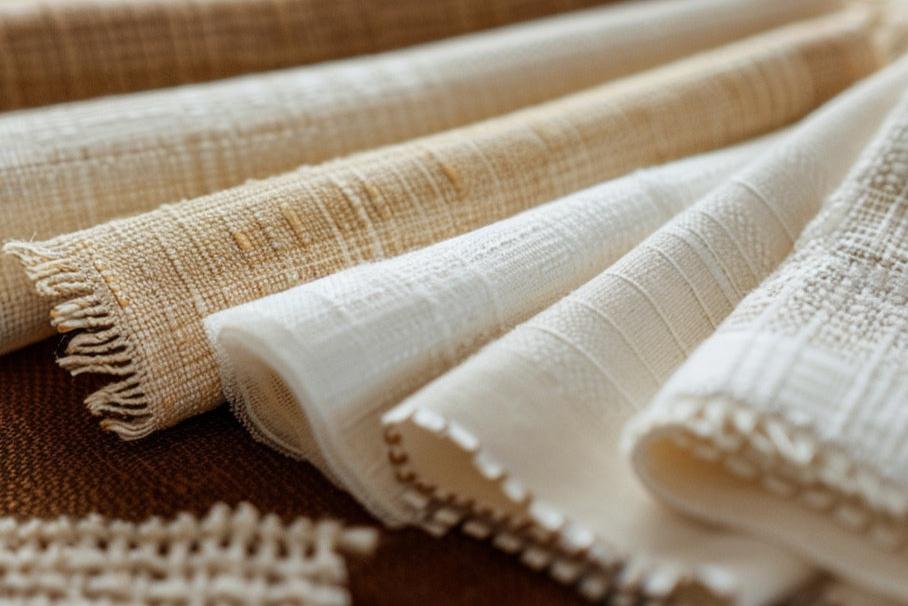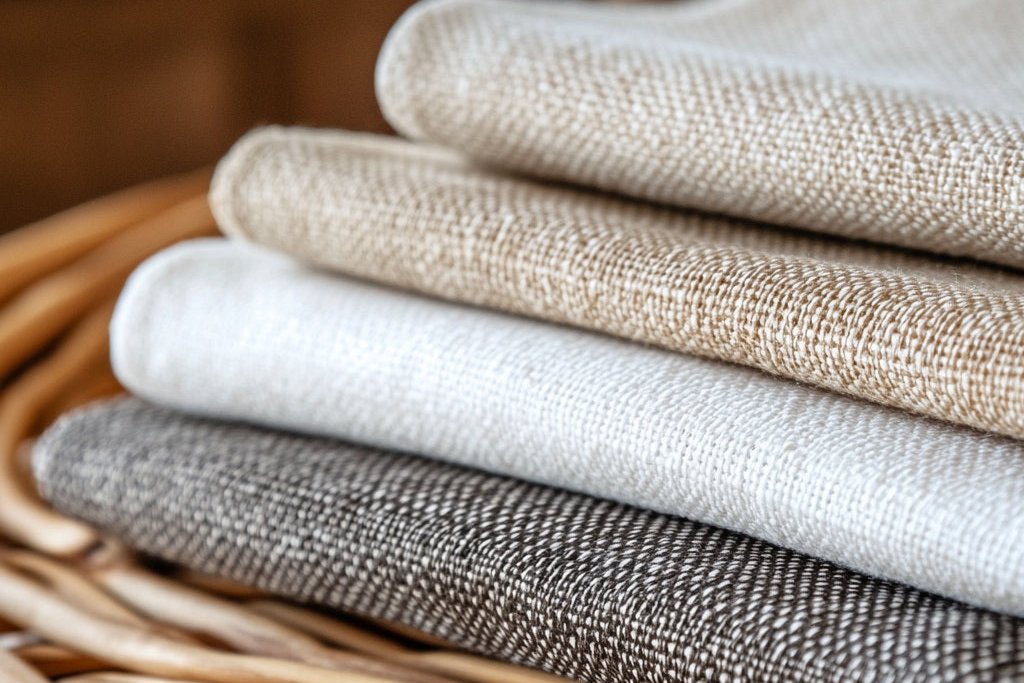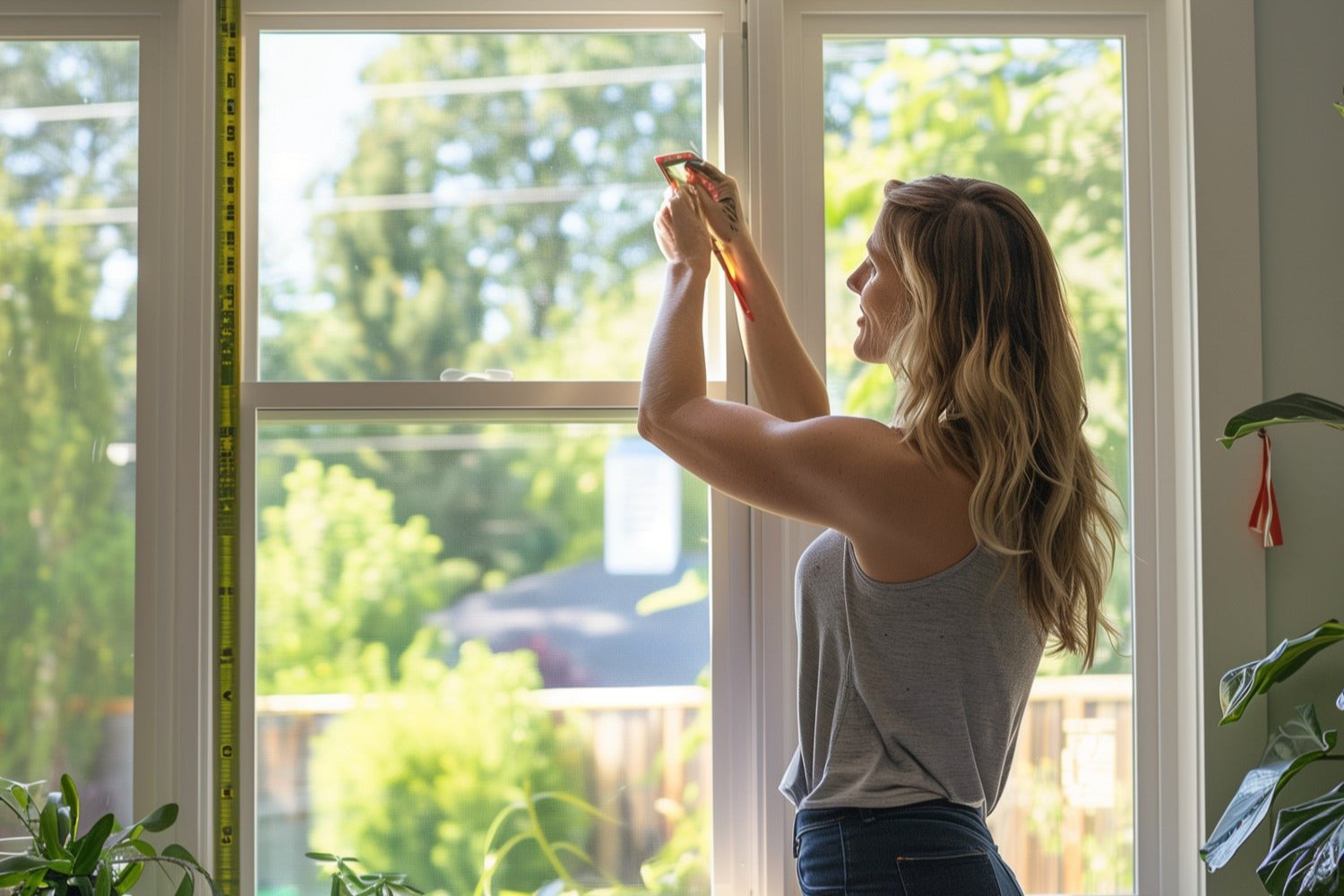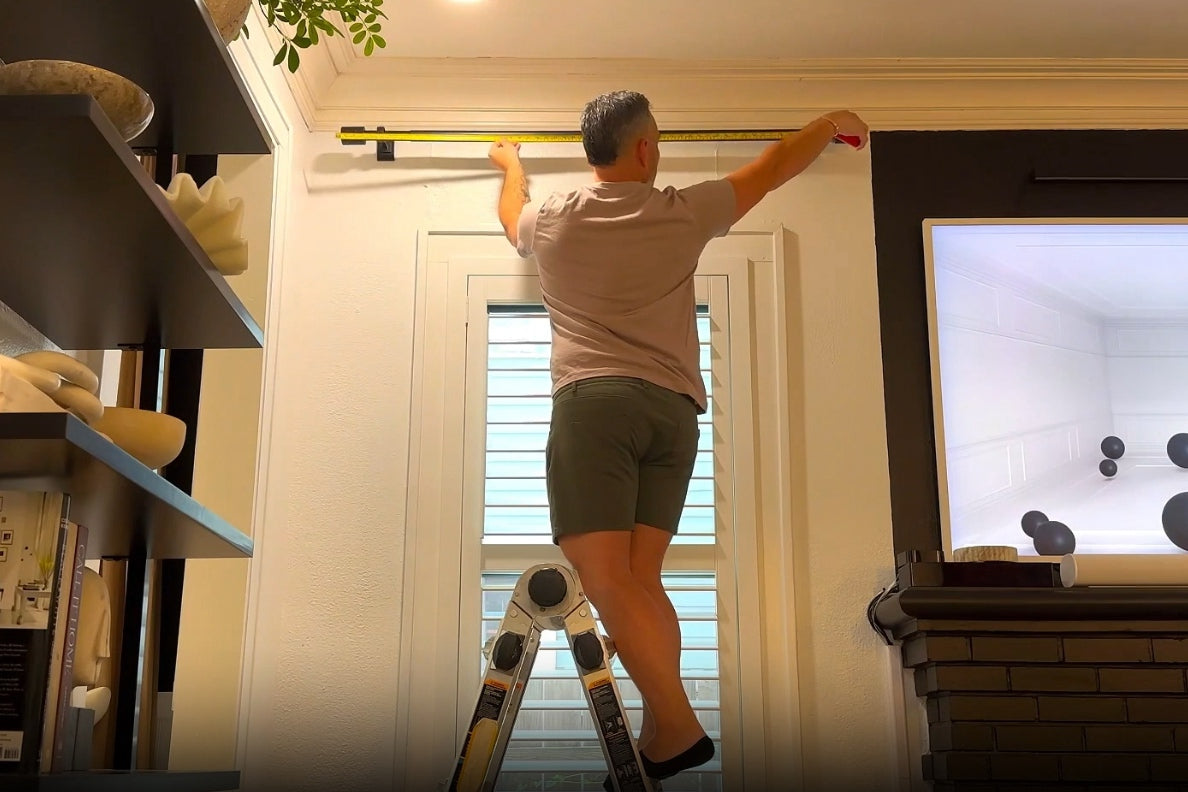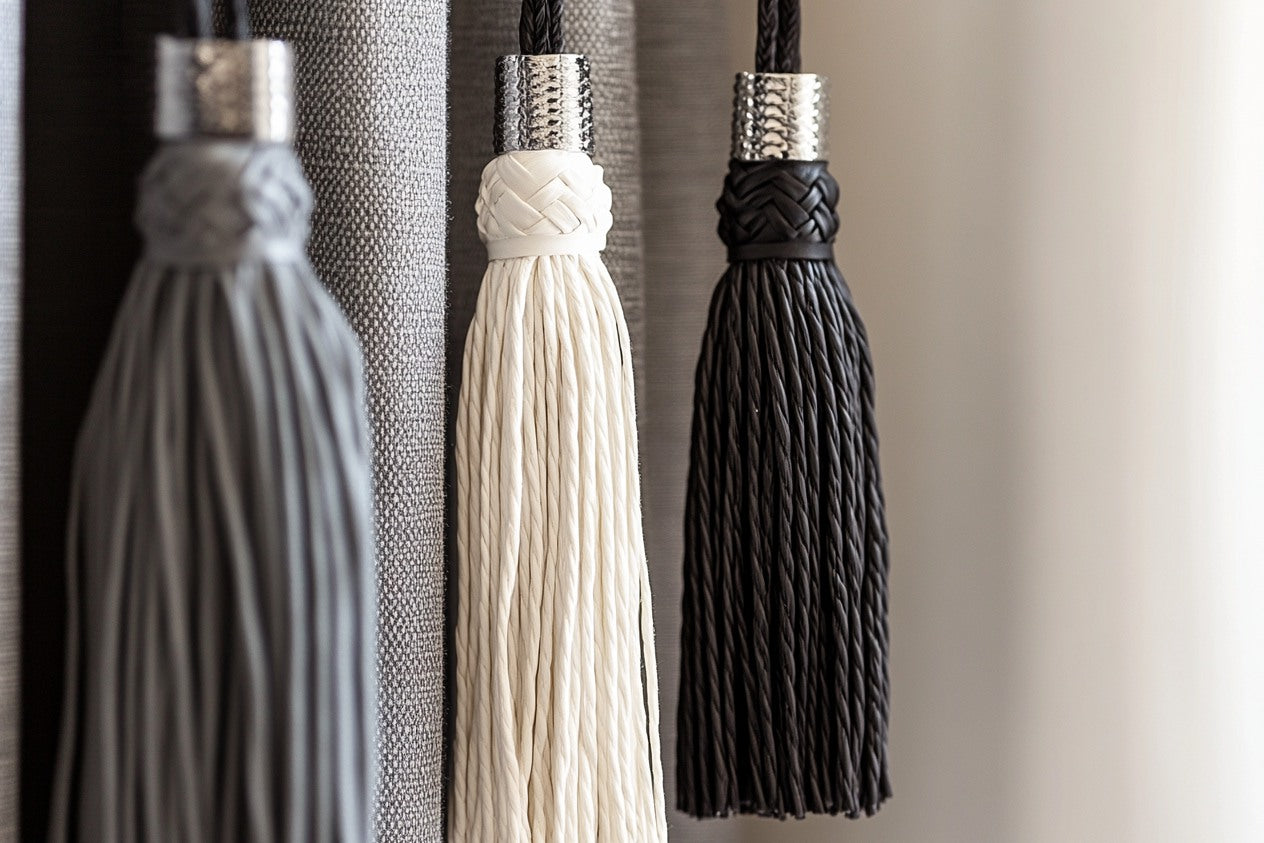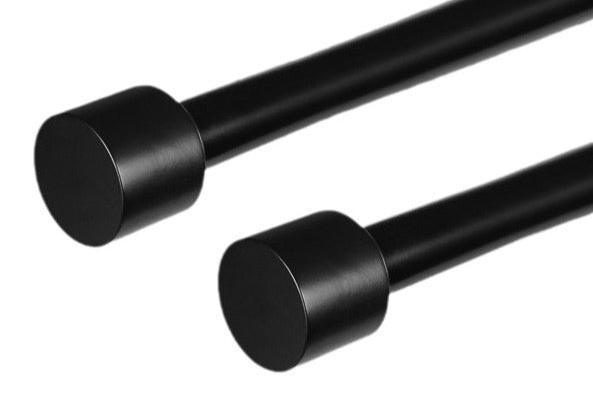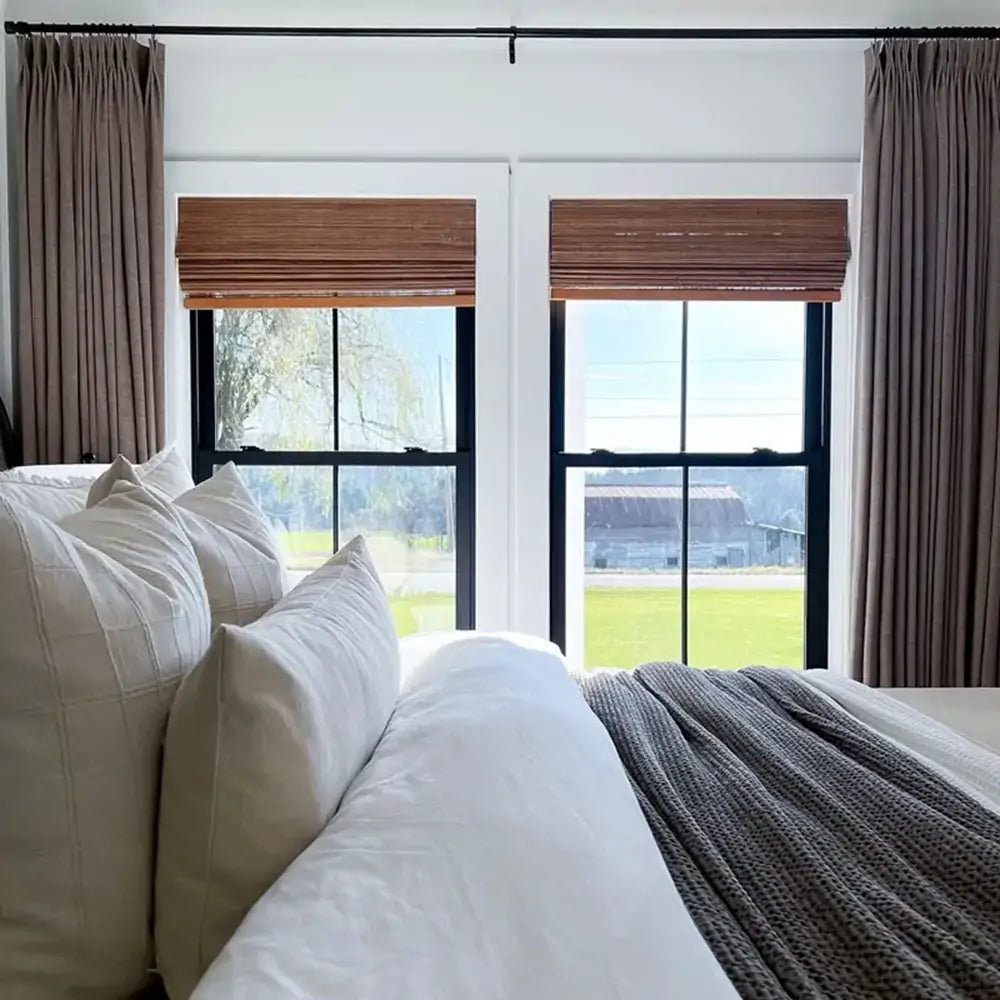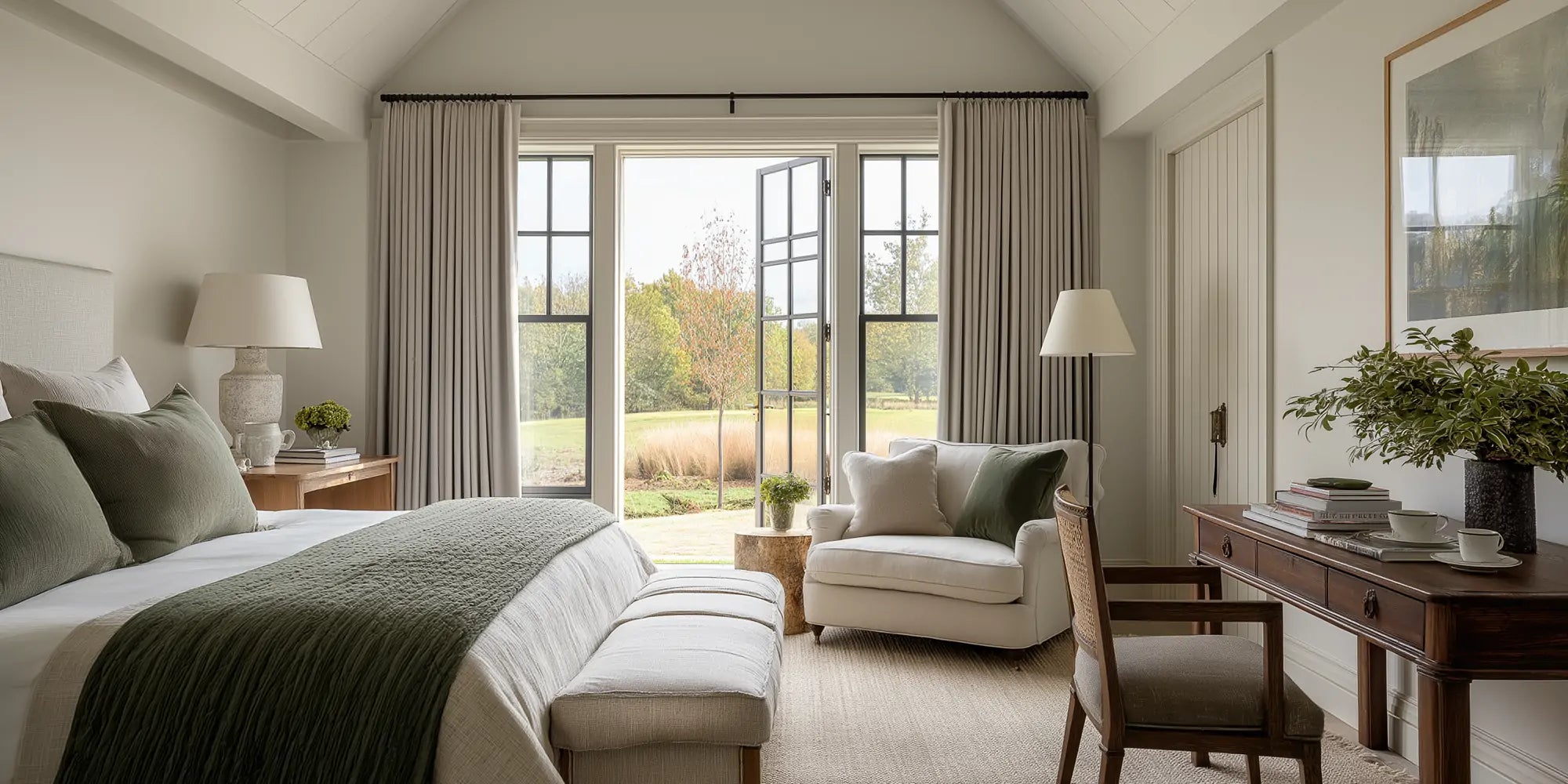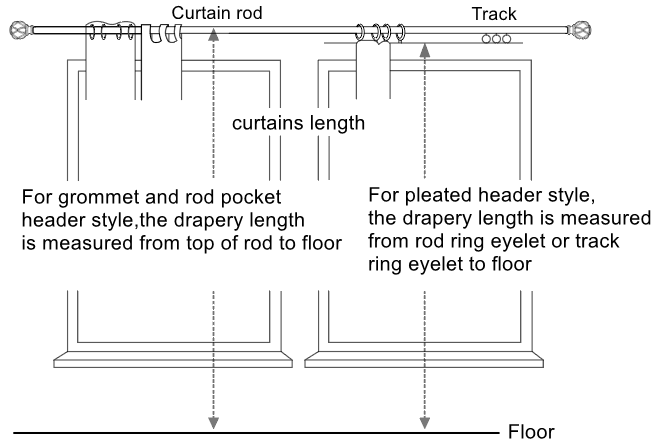Choosing curtain fabric often comes down to a balance between feel, performance, budget, and maintenance. Two popular choices in the window-treatment world are natural linen and its look-alike, faux linen (typically polyester or poly-blends). This guide walks you through the real differences — from breathability and texture to durability, care, and environmental impact — so you can confidently pick the right fabric for your custom curtains.
Quick snapshot: Which one fits your needs?
- Choose linen if you want natural texture, season-round comfort, and long-term aging that improves with time.
- Choose faux linen if you want lower cost, easier washing, stronger wrinkle resistance, and higher colorfastness.
Why fabric choice matters for curtains
Fabric affects how curtains drape, how much light they block, how they insulate, and how they wear over time. For bedrooms and living rooms — especially when you order custom curtains — picking the right fiber will influence both daily comfort and the long-term look of your windows.
1. What is linen? (and why people love it)
Linen is made from the flax plant. Key benefits include:
- Breathability & moisture-wicking: linen lets air pass and absorbs moisture without feeling damp, which is why it’s popular for bedding and summer garments.
- Natural texture: a relaxed, tactile weave that softens with washing and develops character over time.
- Thermoregulation: linen helps keep rooms cooler in summer and, when layered with lining, can work well in cooler months too.
Drawbacks: pure linen wrinkles easily, can be pricier, and may require more delicate care (gentle washing/air drying or professional cleaning for heavier drapes).
2. What is faux linen?
Click the image to custom the same faux linen curtainsFaux linen typically refers to polyester or polyester-blend fabrics woven or finished to mimic linen’s texture. Its main upsides:
- Budget-friendly: generally lower cost than true linen.
- Easy care: resists wrinkling, shrinks less, and often is machine washable and quick-drying.
- Durability and color retention: better resistance to sunlight fading and daily wear — useful in high-traffic rooms or rental properties.
Drawbacks: less breathable than natural linen (may trap heat), can feel less “luxurious,” and is typically petroleum-based, which raises sustainability concerns.
3. Side-by-side: Pros & cons summary
| Feature | Linen | Faux Linen (polyester/poly-blend) |
|---|---|---|
| Breathability | Excellent | Moderate to low |
| Wrinkle resistance | Poor (creases easily) | Good (stays smooth) |
| Durability | Very good if cared for; natural aging | Very good; resists sunlight & abrasion |
| Care | Gentle wash or dry clean recommended for heavy drapes | Machine washable and low maintenance |
| Cost | Higher (especially European/long-staple flax) | Lower (more accessible) |
| Sustainability | Generally favorable (natural, biodegradable) | Less favorable (synthetic, microplastic concerns) |
4. Performance considerations for curtains
When used as curtains, fiber behavior matters:
- Drape & fullness: linen produces a relaxed, natural drape — great for casual, layered looks; faux linen often hangs cleaner and can look more tailored.
- Light control: both can be lined or interlined — if you need blackout or room-darkening performance, choose a lined option regardless of base fabric.
- Noise & insulation: heavier linen with thermal lining can help insulate and slightly reduce noise; faux linen paired with the same lining performs similarly.
5. Care & longevity — practical advice
Linen curtains: wash with gentle cycles or hand wash when thin; for heavy drapes, professional cleaning helps maintain shape. Expect natural softening and mellowing of texture over time.
Faux linen curtains: generally machine-washable, lower shrinkage and fewer wrinkles — a practical choice for busy homes, rentals, or households with pets and kids.
6. Sustainability & health considerations
If sustainability or low-chemical textiles matter to you, natural linen stands out: it’s plant-derived, biodegradable, and can be produced with low water/pesticide inputs when sourced responsibly. By contrast, faux linen’s polyester base is fossil-fuel derived and raises concerns about microplastic shedding during washing.
For certification and chemical-safety guidance when choosing any textile (natural or synthetic), consider certified textiles (e.g., OEKO-TEX® Standard 100) which test products for harmful substances and help consumers choose safer options.
Professional analysis
For readers who want a scientific look at how fiber types affect comfort and sleep, see this peer-reviewed analysis on the effects of bedding textile types published in PMC / PubMed Central: “How do sleepwear and bedding fibre types affect sleep?” (PMC). This paper includes experimental data showing linen’s favorable properties in bedding applications — data that help explain linen’s popularity for comfortable, breathable home textiles.
7. When to choose linen — recommended scenarios
- You want natural texture and a premium, relaxed look for living rooms or bedrooms.
- Breathability and moisture management matter (e.g., warm climates or bedrooms).
- You value natural, biodegradable fibers and plan to care for the curtains properly.
8. When to choose faux linen — recommended scenarios
- Budget or easy-care is the priority (rentals, kids’ rooms, high-traffic spaces).
- You want crisp, tailored drapery that resists wrinkling and holds color long-term.
- You need sunlight-resistant, low-maintenance window coverings.
Design tips — mixing function with style
Pair linen panels with a thermal lining for better insulation and light control while keeping the linen face for texture. For faux linen, use richer weaves and natural-tone dyes to mimic linen’s warmth while enjoying easier maintenance.
Conclusion — pick the fabric that fits the life you live
Both linen and faux linen have strong use cases. If you prioritize natural feel, breathability, and a fabric that ages beautifully, linen is an excellent long-term choice. If you prioritize affordability, ease of care, and durability in active households, faux linen is a smart, practical option.
Ready to choose? Browse our Custom Curtains collection to compare linen and faux-linen options and order free fabric swatches before you buy.
